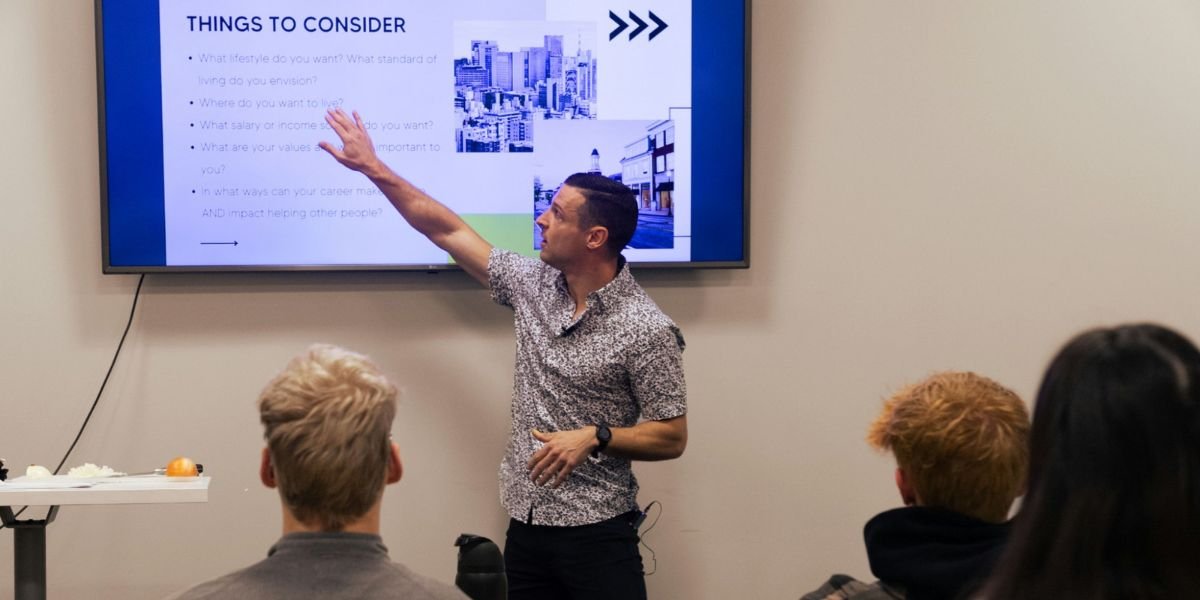The rise of digital technology has transformed how we live, work, learn, and connect. While digital connectivity offers countless benefits, such as instant communication and access to a wealth of information, the increasing amount of time spent on screens has sparked concerns about its impact on physical health, mental well-being, and social relationships. Striking the right balance between reaping the benefits of digital tools and mitigating their potential harms has become a critical discussion in our tech-driven age.
Read also: Travel Safety: Are Popular Tourist Destinations Safer Than Off-the-Beaten-Path Locations?
Health Implications of Screen Time
Physical Health Effects
Excessive screen time poses significant risks to physical health. One common issue is digital eye strain, also known as computer vision syndrome. Prolonged exposure to screens can cause symptoms like dry eyes, blurred vision, headaches, and even long-term damage to eyesight. This is particularly concerning for individuals who spend hours working on computers or scrolling through smartphones.
Additionally, prolonged screen time is closely linked to a sedentary lifestyle. Sitting for extended periods while using devices can lead to weight gain, poor posture, and associated health conditions such as back pain, neck strain, and even cardiovascular problems. To counter these effects, experts recommend the “20-20-20 rule”—taking a 20-second break every 20 minutes to focus on something 20 feet away—and integrating physical activity into daily routines.
Mental Health Effects
The impact of screen time on mental health is a growing concern. High screen time, particularly on social media platforms, has been associated with increased rates of anxiety and depression. Social media fosters a culture of comparison, as users often encounter curated and idealized portrayals of others’ lives, leading to feelings of inadequacy and reduced self-esteem.
Moreover, the constant consumption of trivial or fast-paced digital content has given rise to what some experts call “brain rot,” a phenomenon where overexposure to shallow content hampers cognitive development. This is especially problematic for children and adolescents, whose brains are still developing. Over time, this can diminish attention spans, hinder creativity, and reduce the capacity for deep thinking.
Social Interactions: Enhanced or Diminished?
Enhanced Connectivity
Digital connectivity has revolutionized the way we maintain relationships, enabling instant communication across distances. Social media platforms, messaging apps, and video calls make it possible to stay connected with family and friends regardless of location. For individuals living in remote areas or those experiencing isolation, technology can provide a lifeline, reducing loneliness and fostering a sense of community.
Platforms like Facebook, WhatsApp, and Zoom have allowed people to connect with others, build communities around shared interests, and participate in events virtually. For those with limited mobility or busy schedules, digital connectivity ensures that social interactions are never far away.
Reduced Face-to-Face Interactions
Despite these advantages, an overreliance on digital communication has its downsides. Spending too much time interacting online can diminish the quality of in-person relationships. Human communication relies heavily on non-verbal cues such as body language, tone of voice, and facial expressions—elements often lost in digital interactions.
Studies also suggest that excessive screen use can lead to social withdrawal and an inability to navigate face-to-face conversations effectively. This can weaken personal relationships and contribute to feelings of loneliness, even when individuals are digitally connected.
Educational Outcomes of Screen Time
Access to Information
One of the most significant benefits of digital connectivity is the democratization of education. Platforms like Khan Academy, Coursera, and YouTube provide access to high-quality educational content for learners around the world. Whether it’s mastering a new skill, preparing for exams, or exploring a passion, digital tools have empowered individuals to take control of their education.
Virtual classrooms, online tutoring, and interactive e-learning platforms have become vital components of modern education, particularly during global disruptions like the COVID-19 pandemic. These tools have enabled schools and universities to continue delivering education remotely, ensuring that learning remains uninterrupted.
Distractions and Reduced Focus
However, the same technology that empowers learning can also hinder it. Students and professionals alike face constant distractions from notifications, social media, and online entertainment. Multitasking—switching between academic work and digital platforms—has been shown to reduce learning efficiency and impair memory retention.
Additionally, overuse of digital devices can contribute to shorter attention spans, making it harder for students to focus on tasks that require sustained effort. Teachers, parents, and learners must work together to develop strategies for managing screen time effectively in educational settings.
Economic Impacts of Digital Connectivity
Productivity Enhancement
Digital connectivity has transformed the workplace, improving productivity and enabling remote work. Tools like video conferencing, project management software, and cloud-based storage have revolutionized how businesses operate. Employees can now collaborate across time zones, access shared documents instantly, and streamline workflows through automation.
Freelancers, small business owners, and entrepreneurs have also benefited from digital platforms, which allow them to market their services, reach clients globally, and grow their businesses.
Economic Disparities
While digital tools have created opportunities, they have also highlighted inequalities. Not everyone has access to reliable internet, digital devices, or the necessary skills to navigate the online world effectively. These disparities can exclude marginalized communities from participating fully in the digital economy, widening the gap between the haves and have-nots.
Addressing these challenges requires a collective effort to improve access to affordable technology, invest in digital literacy programs, and ensure equitable opportunities for all.
Striking a Balance: Recommendations for Healthy Digital Use
Setting Screen Time Limits
Establishing screen time limits can help individuals maintain a healthier relationship with technology. This can include:
- Using apps to track and manage daily screen use.
- Implementing “no-screen zones” in bedrooms, dining areas, or other spaces dedicated to relaxation.
- Scheduling regular breaks from screens to rest the eyes and mind.
For children and teens, parental controls can play a crucial role in regulating screen time and ensuring age-appropriate content consumption.
Promoting Digital Literacy
Digital literacy is essential for maximizing the benefits of technology while minimizing its risks. This includes teaching users how to:
- Evaluate online content critically to distinguish reliable information from misinformation.
- Protect their privacy and personal data online.
- Use digital tools responsibly and ethically.
Community programs, schools, and workplaces can play a vital role in fostering these skills.
Encouraging Offline Activities
Balancing screen time with offline activities is key to overall well-being. Physical exercise, hobbies, and face-to-face interactions provide a healthy counterbalance to digital engagement. Activities like hiking, reading, or pursuing creative outlets can reduce stress, boost mental health, and foster deeper connections with the physical world.
Read also: How Reading Can Enhance Your Life: A Comprehensive Guide
Finding Harmony in the Digital Age
The question of whether to limit screen time or embrace digital connectivity doesn’t have a one-size-fits-all answer. Instead, it’s about finding a balance that allows individuals to enjoy the benefits of technology while protecting their physical health, mental well-being, and social relationships.
By setting boundaries, promoting digital literacy, and prioritizing offline experiences, we can create a harmonious relationship with technology. In this ever-connected world, mindful engagement with digital tools will ensure that we harness their potential to enhance our lives rather than let them control us.








